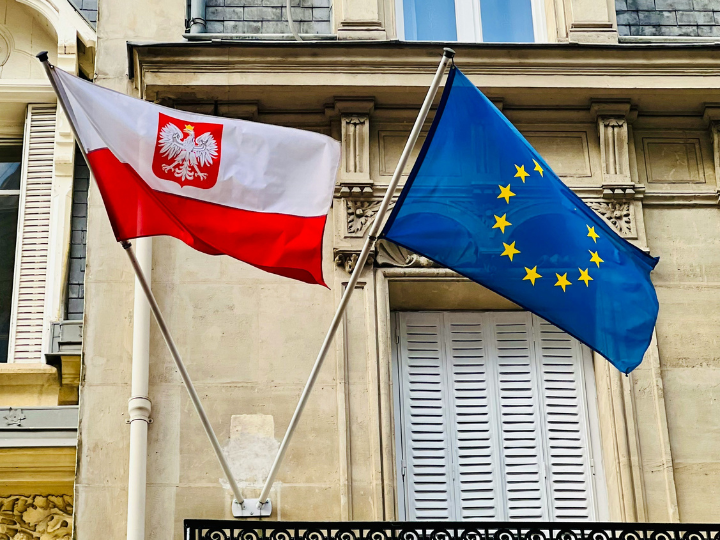by Frederic Simon
Energy Ministers from Belgium, Denmark, France, Ireland, Luxembourg, the Netherlands, Norway, Sweden, Germany and the European Commission met by videoconference on 6 July 2020 under the German Presidency of the North Seas Energy Cooperation.
“Offshore wind energy is expected to play an instrumental role in reaching the energy and climate objectives for 2030 and 2050,” the ministers said in a joint statement.
The potential for offshore wind deployment in the North Sea is still largely unexploited due to a range of technical and administrative barriers.
By 2050, the potential is estimated to be “more than 10 times today’s installed capacity of 22 GW,” the ministers said, adding that the current annual installation rate of 3 GW per year “will have to scale up considerably in the coming years”.
A record 3.6 GW of new offshore wind capacity was added across the EU in 2019, but the pace of deployment is still considered too slow to reach the bloc’s 2050 climate targets, according to industry figures published in February.
At the meeting, EU energy Commissioner Kadri Simson discussed how to reinforce offshore wind energy cooperation, and outlined the Commission’s plans for an offshore wind strategy, due to be published in the autumn.
“Offshore wind is a renewable energy set to play a vital role to attain climate neutrality by 2050,” the EU executive said in a statement.
“Only by stronger cross-border cooperation, such as between the North Seas countries, will we be able to sufficiently scale up renewable energy production and make Europe the first climate neutral continent,” Simson added.
Barriers to the development of international offshore wind projects include differences in labour policies, inadequate energy market rules, and legal issues related to the cross-border distribution of national subsidies.
“Distributional effects on costs and revenues of market actors and repercussions on national renewable energy support schemes need to be tackled” in order to unleash investments in offshore wind, the ministers said.
To overcome those difficulties, they called for “the development of market arrangement concepts at EU level which facilitate the realisation of joint and hybrid projects”.
They also vowed closer cooperation on spatial planning aspects and called for EU guidance on how to allocate renewable energy target amounts, and share costs related to grid interconnections.
“Joint and hybrid offshore wind projects are expected to play an essential role in reaching the energy and climate targets up to 2050,” said Peter Atlmaier, Germany’s energy and economics affairs minister.
“Europe wants much more offshore wind and wants it fast,” said Giles Dickson, the CEO of WindEurope, a trade association.
“Coordination between countries is vital to minimise costs. And governments also need to start developing joint or hybrid offshore wind projects that connect to more than one country. That way we optimise the infrastructure.”
*first published in: www.euractiv.com




 By: N. Peter Kramer
By: N. Peter Kramer

